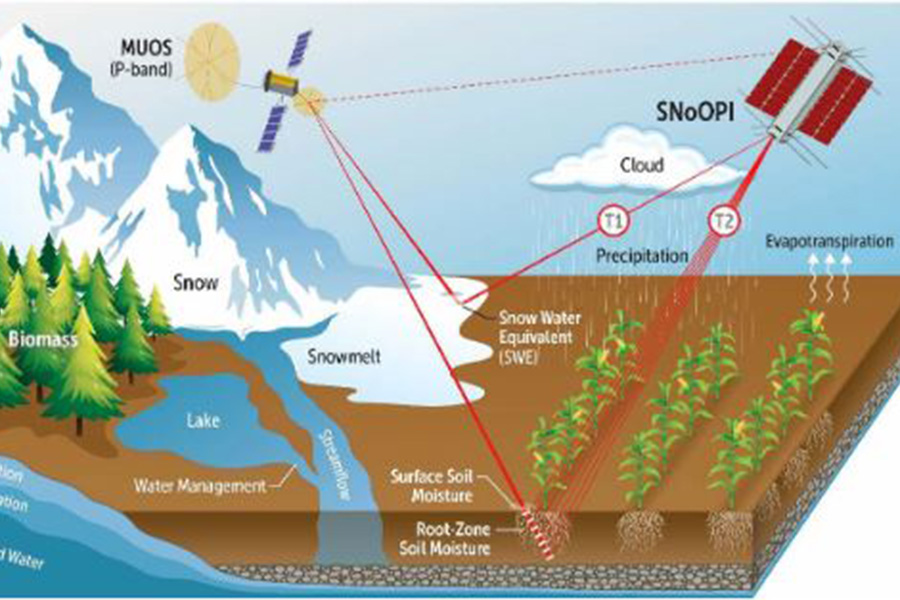"SNoOPI" selected to fly as auxiliary payload aboard future space mission

A Purdue project was one of 16 selected by NASA’s CubeSat Launch Initiative to fly as an auxiliary payload aboard space missions planned to launch in 2020, 2021 and 2022.
SigNals of Opportunity P-Band Investigation (SNoOPI) is a scientific investigation mission to demonstrate the measurement of the complex reflection coefficient over various land surface conditions for use in future CubeSat constellations. The primary investigator on the project is James Garrison, a professor in the School of Aeronautics and Astronautics.
Launch opportunities include planned spaceflight missions led by NASA, other U.S. government agencies or commercial organizations, as well as deployments from the International Space Station, according to NASA. The CubeSat were proposed by NASA centers, educational institutions or non-profit organizations.
The spacecraft are eligible for placement on a launch manifest, depending on the availability of a flight opportunity. After launch, satellites will perform technology demonstrations, conduct scientific investigations or provide educational benefits.
SNoOPI will measure snow and soil moisture, which are vital data for applications like food security and water resources management. SNoOPI will be the first on-orbit demonstration of the P-band signals of opportunity technique and will advance the prototype instrument to Technology Readiness Level 7, according to NASA.
NASA's Goddard and the Jet Propulsion Laboratory in Pasadena, Calif., are building SNoOPI’s instrument and an external vendor will provide the CubeSat bus, according to NASA. Garrison, who conceived the P-band signals-of-opportunity technique, is managing the overall mission-development effort.
SOURCE: NASA
